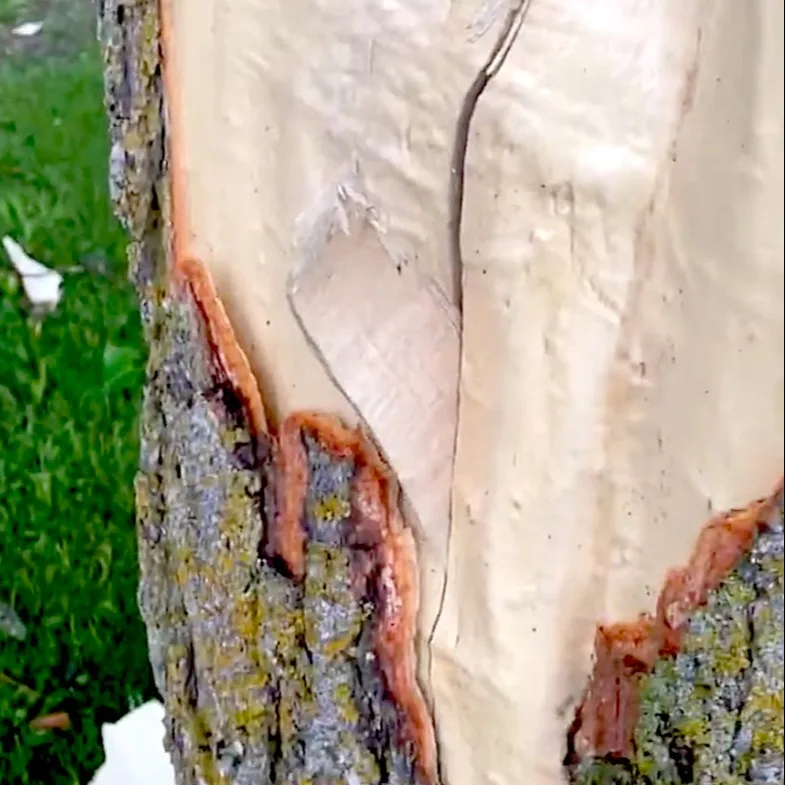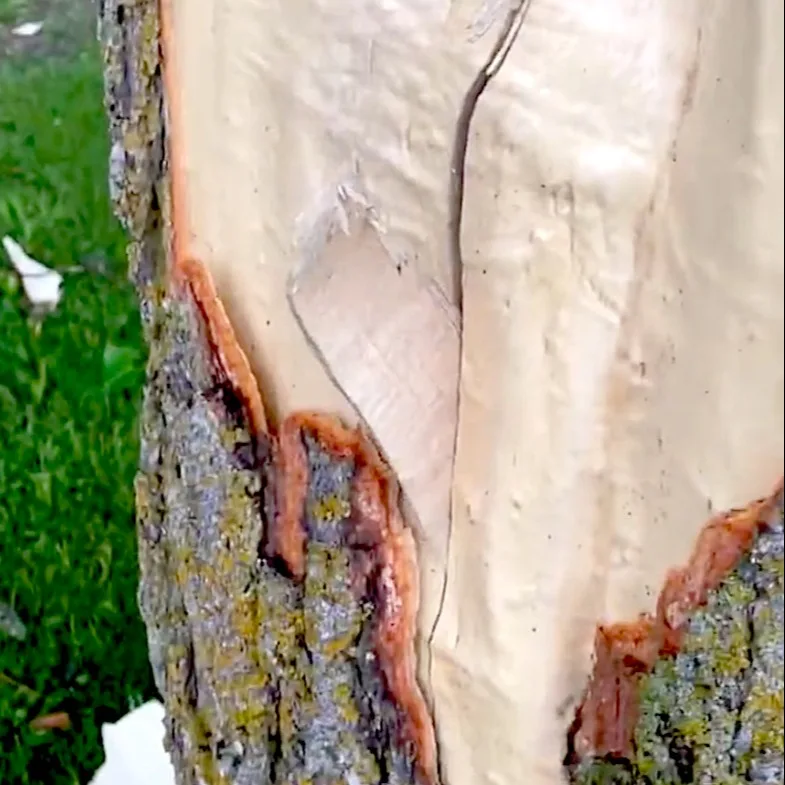
Zap! Lightning strikes to trees may not occur as expected
Lightning hitting a tree produces an internal explosion, but does that mean your tree is toast? We have some answers.
A lightning bolt hitting a tree is pretty common during a thunderstorm. So what happens to it during and after a strike?
There are many factors to consider, as we don't know with any certainty whether that strike is its first or it's just a new entry in a line of multiple thumps. Criteria such as species, moisture content, relative health of the tree at the time and the intensity of the strike have to be considered, according to Rosie Lerner from Purdue University.
SEE ALSO: Can lightning strike the same place twice?
As you may be aware, tall objects are a more suitable conduit for lightning, but trees are certainly a frequent target. According to Lerner, moist tissues -- vessels for water and carbohydrates just inside the tree bark -- are more favourable conductors of electricity than drier wood in the centre of the tree.

So you may be wondering what occurs to the tree during the actual lightning hit.
According to All Season Tree Service in Edmonton, Alta., lightning doesn’t actually slice through a tree, as you might think it would. Instead, the strike produces an explosion within the tree. The lightning passes down the moist tissues and the extreme temperature prompts water inside the tree to turn into gas.
Adding to that, the electrical current from the bolt creates intense heating, often leading to the bark "virtually exploding" off in sizable strips, Lerner said. Some trees may explode from their centres while others may have a slender, but long, split in the trunk.
"If the surface of the bark is soaked with rain, the current may travel outside the trunk, resulting in less damage," said Lerner.
The resulting explosion usually breaks off a decent-sized section of bark, and in some cases, causes the tree to splinter.
Thumbnail courtesy of Mike/Twitter.
Follow Nathan Howes on Twitter.











